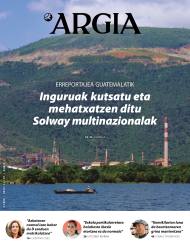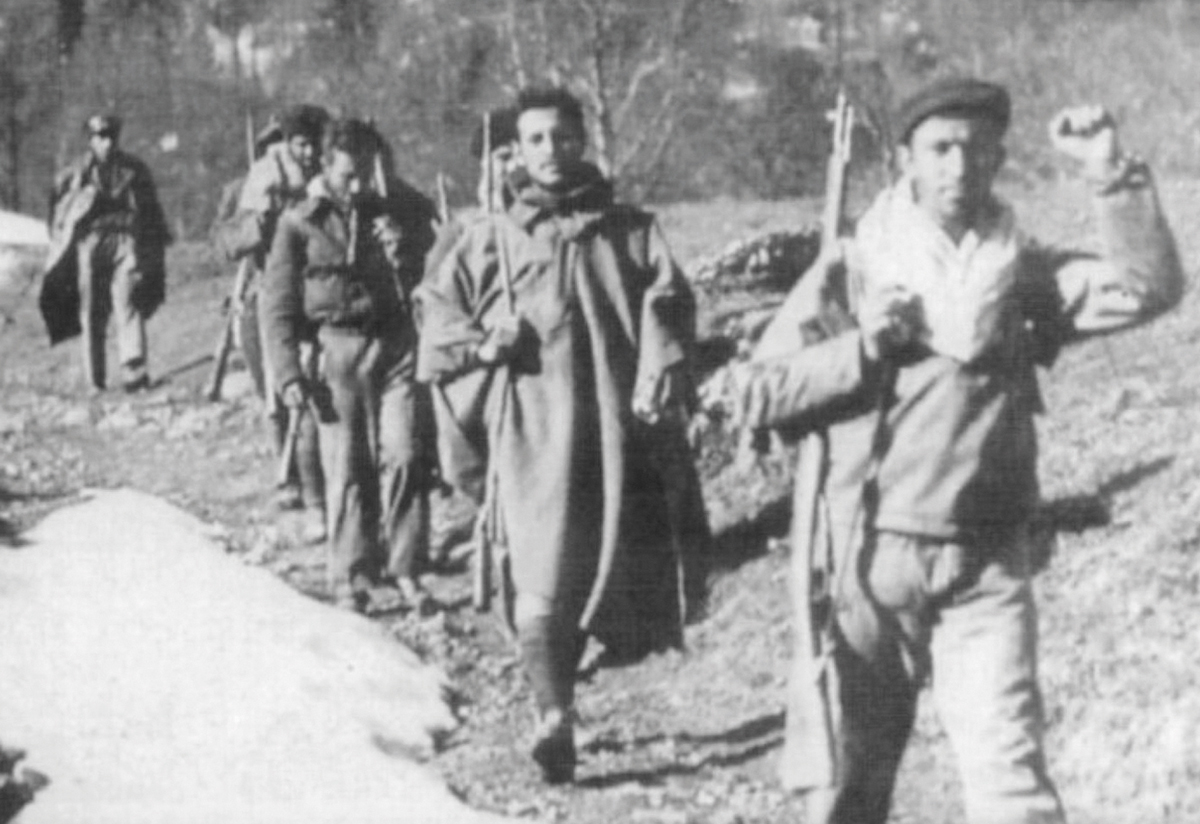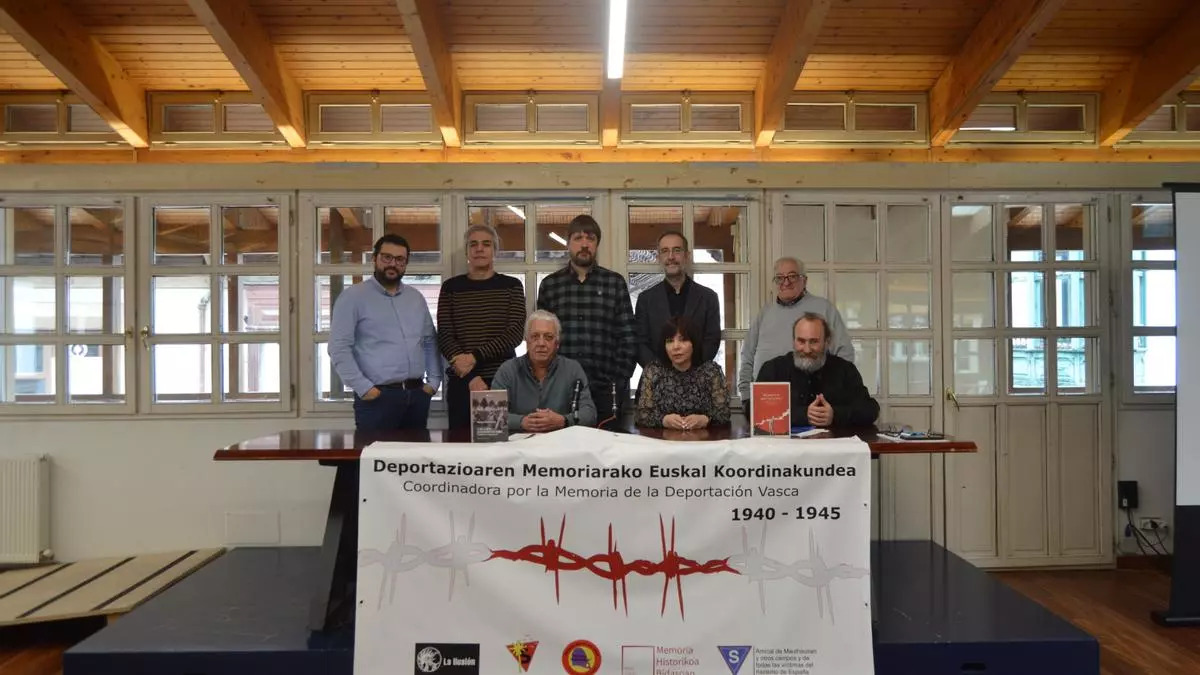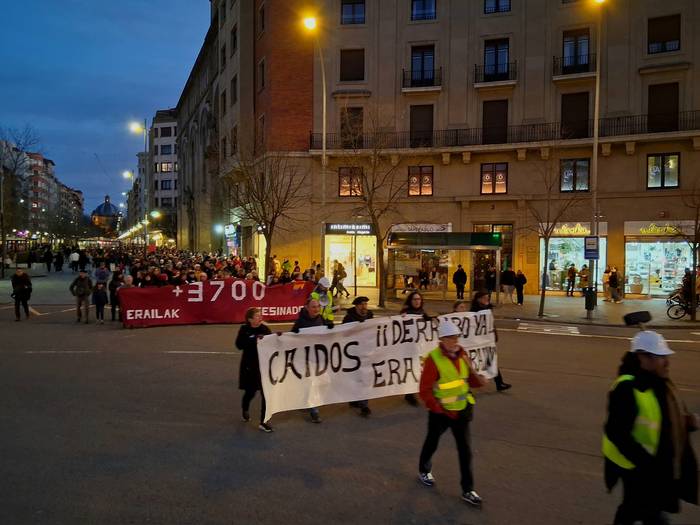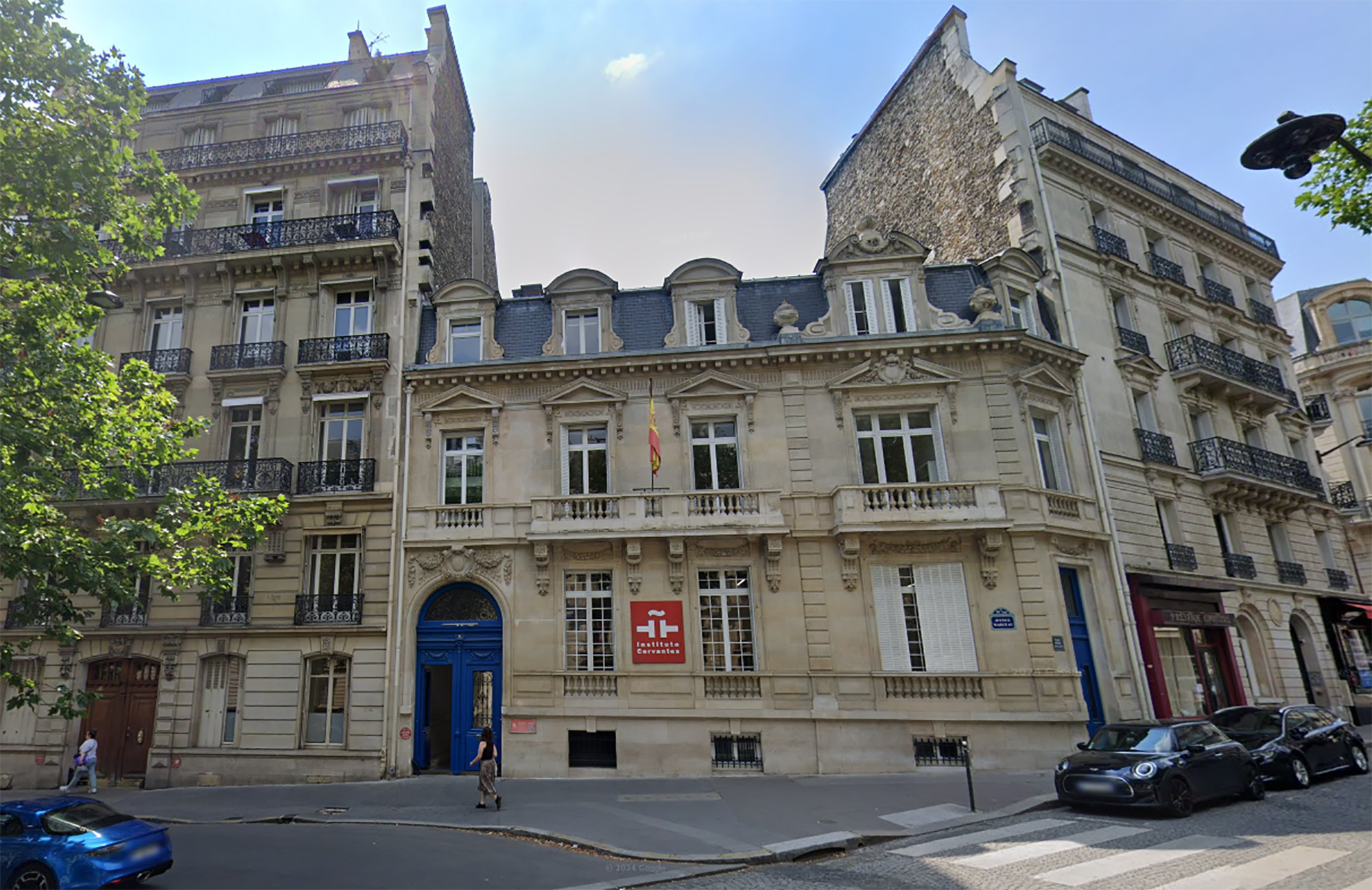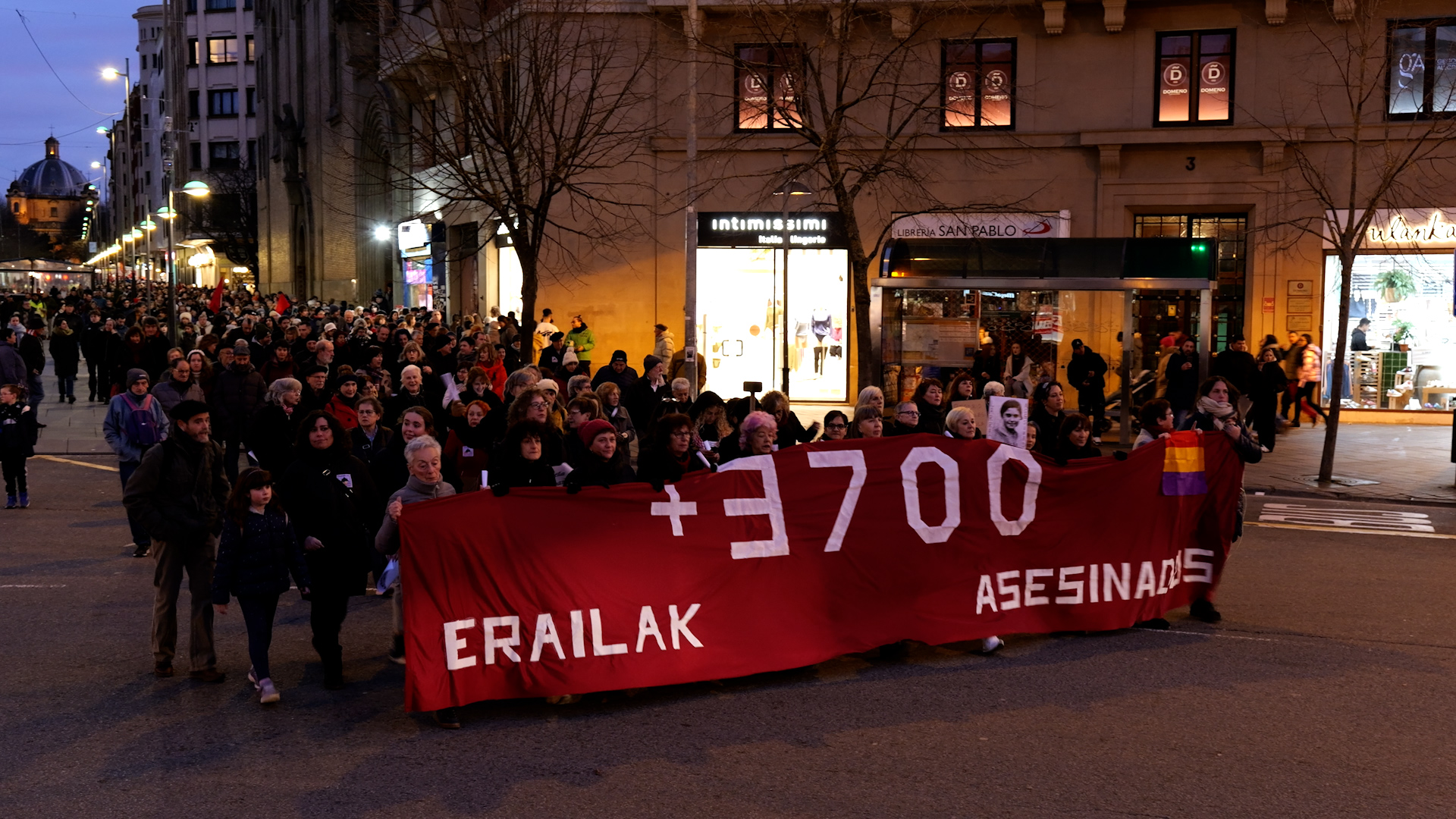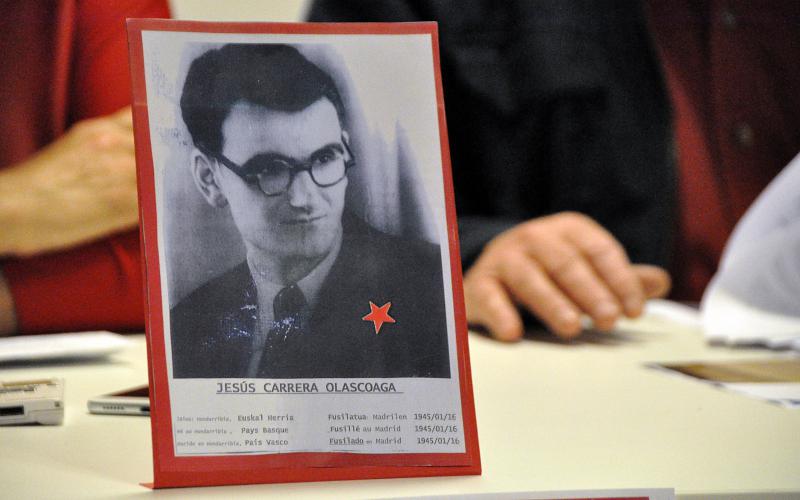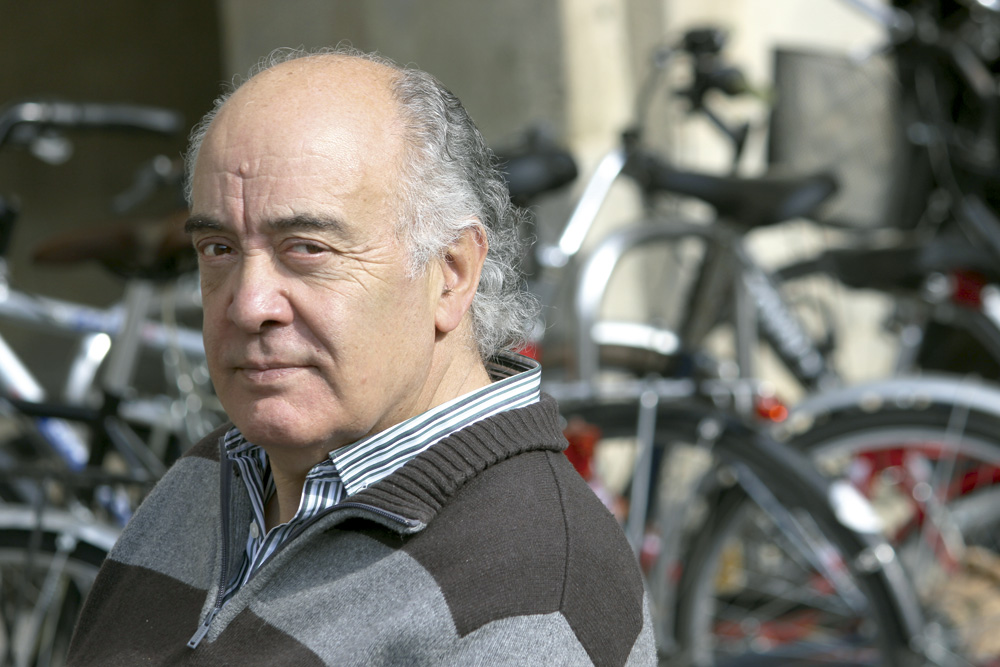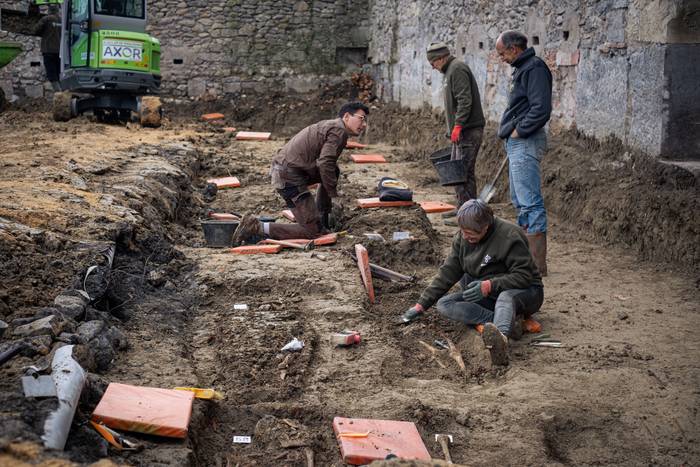Prolonged detention in Pamplona
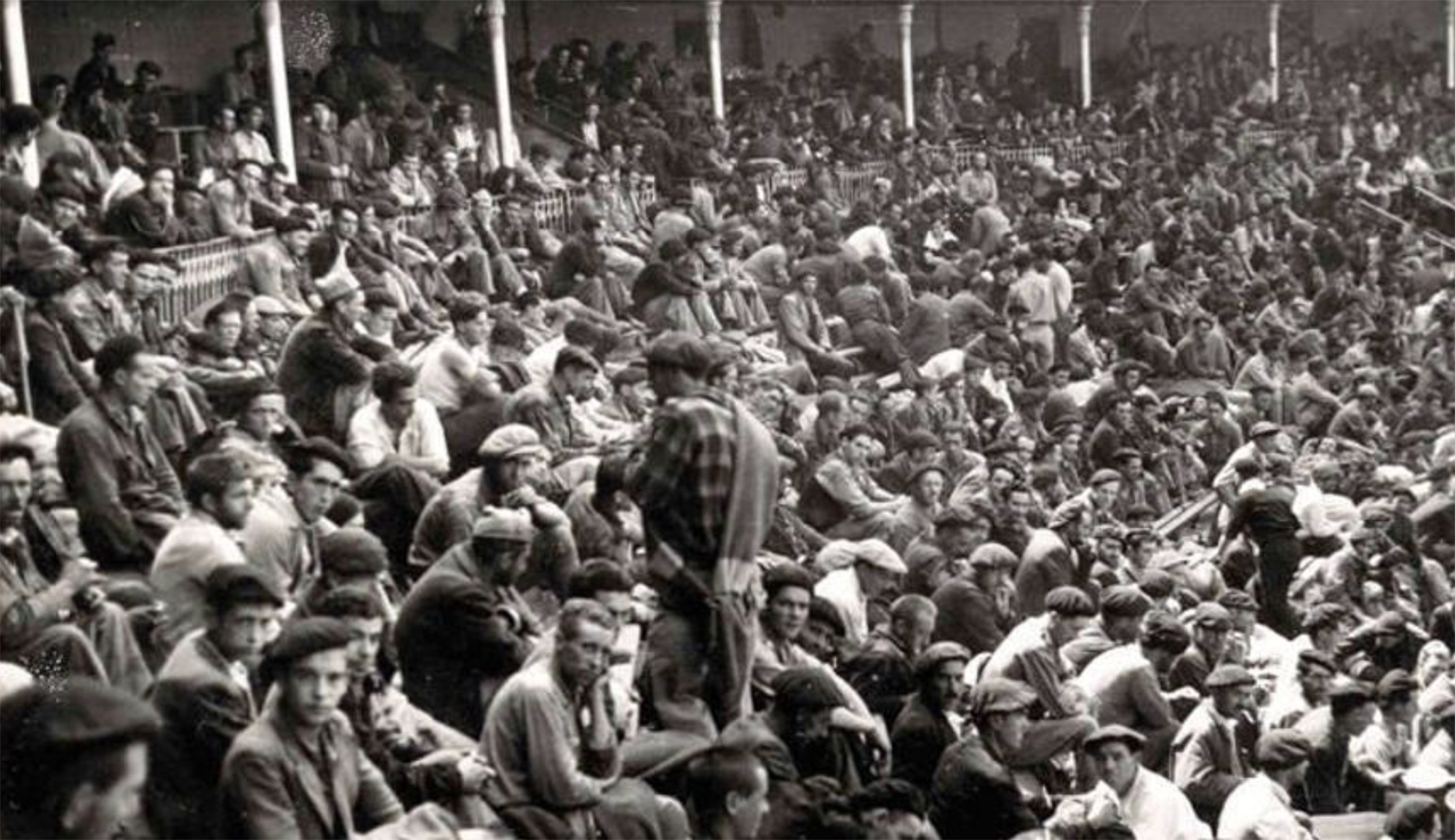
Pamplona, 1939. At the beginning of the year, the bullring in the city was used as a concentration camp by the Francoists. It was officially capable of 3,000 prisoners of war, at a time when there was no front in Navarre, so those locked up there should be regarded as prisoners of war rather than as political re-allies. And the bullring was not the only enclosure in Navarre. According to the journalist Carlos Hernández de Miguel in the study The concentration camps of Franco (concentration camps of Franco), three other buildings were used with the same objective: The Convent of the Merced, in Pamplona; the Monastery of Irache, in Estella; and the Military Academy of Tafalla. In total, in these four enclosures there was capacity for 8,000 people. In the Spanish state, about 300 points of this type were used, which housed between 700.000-1,000,000 people. By the end of 1939, all these areas were gradually closing.
But in Pamplona these spaces were used throughout the Franco regime, Historical Cartography of Captivity under the Franco regime published by the Historical Memory Fund of Navarra in May of this year: According to the Iruñea-Pamplona report (1936-1978).
The failure of the fascist powers of the Second World War forced Franco to soften the repressive image. But, according to the report, “the increase in social conflicts in the 1950s, 1960s and 1970s caused new spaces to be used”.
In addition to the aforementioned convent of La Merced, other spaces related to the Catholic Church were used: Schools of Escorapios, Salesians and Pompones of Jesus, Old Seminary… In addition, they used private homes forcibly taken by the Phalanx and several public facilities: Military Hospital, Fronton Euskal Jai, San Juan football camp… and, of course, bullring.
After the end of the War of 1936 and, above all, from 1945, these practices of detention and imprisonment decreased. The failure of the fascist powers of the Second World War forced Franco to soften the repressive image. But, as the report says, “in the 1950s, 1960s and 1970s social conflicts grew,” they used new spaces. The arrests were due to “social, labor mobilizations and increasingly frequent appearances against the regime.” In 1951, the general strike caused a number of arrests and more than 300 people were arrested in the bullring. And in the last years of Francoism, the situation deteriorated as conflicts increased. In 1973, for example, the number of strikes was five times higher than in 1972.
Today, the former Military Hospital, for example, is the seat of the Museum of Navarra and in the bullring they continue to practise other torture. But with the dissemination of these reports and new studies, they also become a space of memory for the citizens.
Salvador Puig Antich frankismoaren kontrako militantea izan zen. Askapen Mugimendu Iberikoko kidea, 1973ko irailaren 25ean atxilotu zuten. Gerra-kontseilua egin zioten, eta garrotez exekutatu zuten handik sei hilabetera, 1974ko martxoaren 2an. Aurtengo otsailean baliogabetu du... [+]
Bilbo, 1954. Hiriko Alfer eta Gaizkileen Auzitegia homosexualen aurka jazartzen hasi zen, erregimen frankistak izen bereko legea (Ley de Vagos y Maleantes, 1933) espresuki horretarako egokitu ondoren. Frankismoak homosexualen aurka egiten zuen lehenago ere, eta 1970ean legea... [+]
Deportazioaren Memoriarako Euskal Koordinakundeak aintzat hartu nahi ditu Hego Euskal Herrian jaio eta bizi ziren, eta 1940tik 1945era Bigarren Mundu Gerra zela eta deportazioa pairatu zuten herritarrak. Anton Gandarias Lekuona izango da haren lehendakaria, 1945ean naziek... [+]









